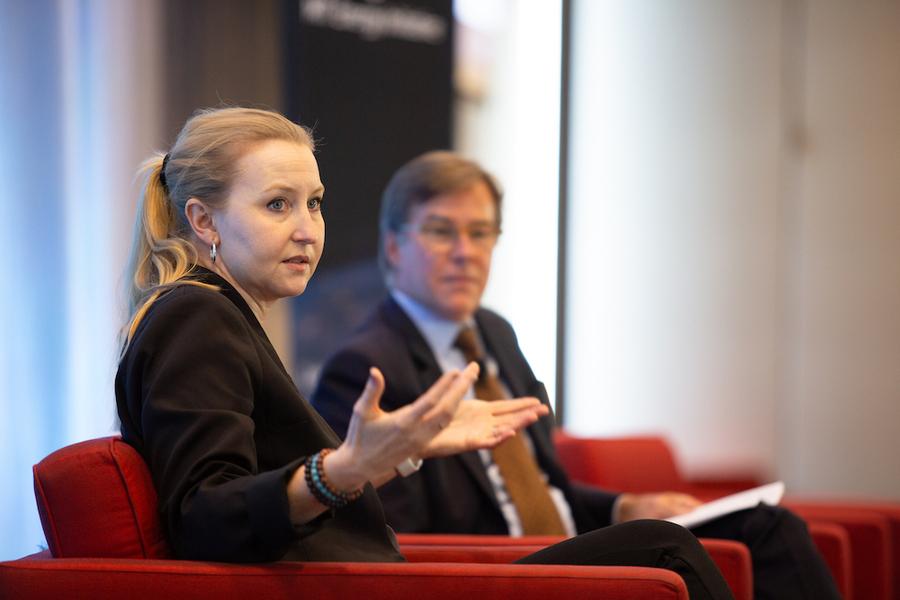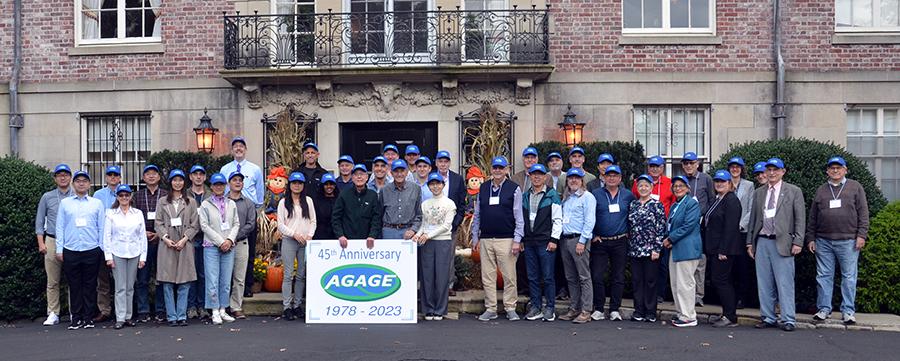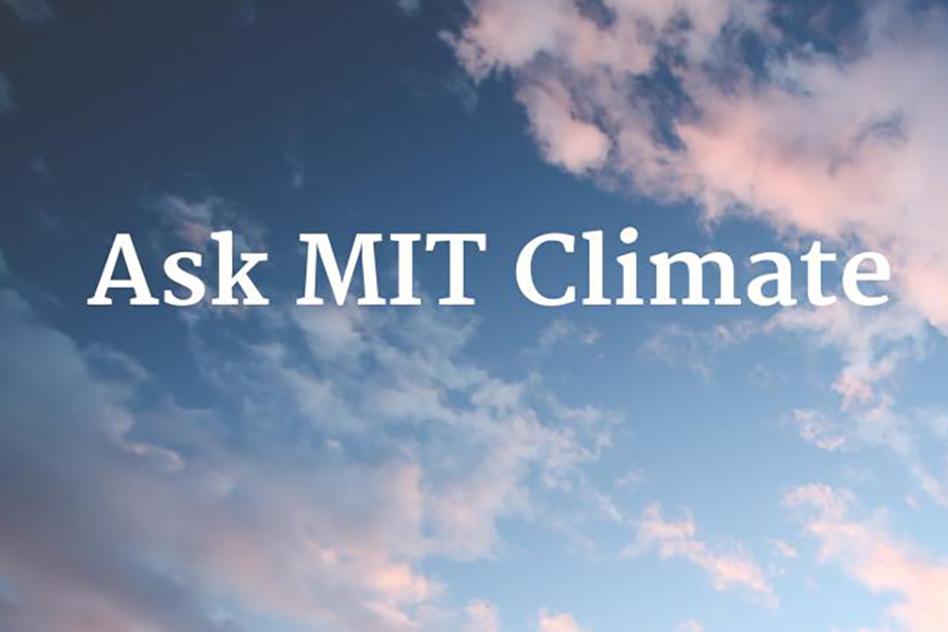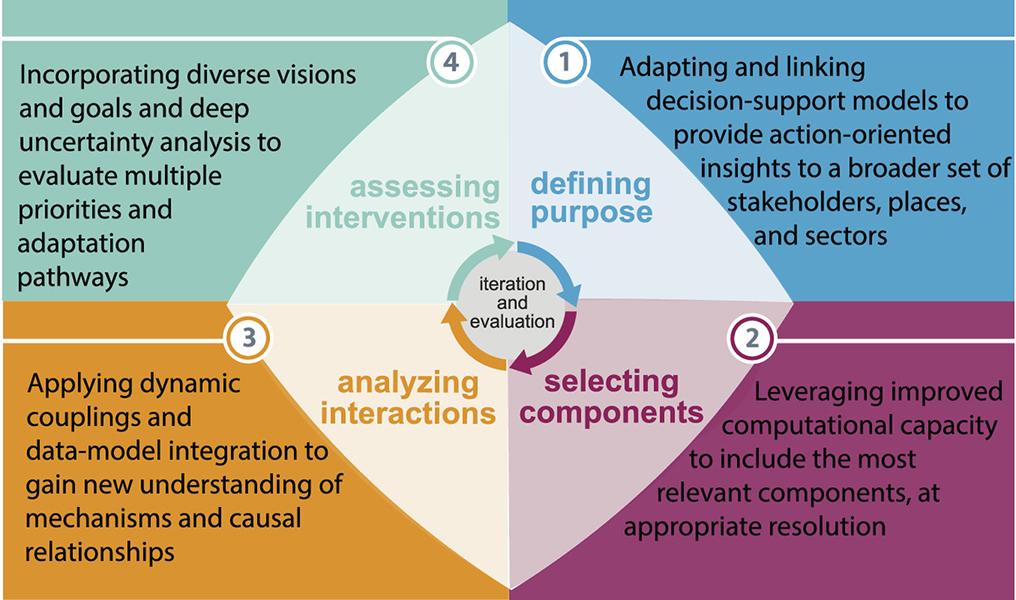News + Media

The MIT Energy Initiative’s Annual Research Conference highlights strategies for implementing large-scale reductions in the world’s greenhouse gas emissions (MIT Energy Initiative)
The MIT Energy Initiative’s Annual Research Conference highlights strategies for implementing large-scale reductions in the world’s greenhouse gas emissions.
MIT Energy Initiative
Publication Date:
November 3, 2023
PRESS...

An expert on the environmental impacts of aviation, Barrett succeeds Daniel Hastings as department head (MIT News)
Steven Barrett, the H.N. Slater Professor of Aeronautics and Astronautics, has been named the new head of the Department of Aeronautics and Astronautics (AeroAstro), effective Nov. 1.

Emissions of CFC-11, a chlorofluorocarbon once frequently used in cooling and insulation systems to improve the quality of life, can also endanger life. Upon entry into the stratosphere where solar ultraviolet radiation is strong, CFC-11 decomposes, resulting in the release of chlorine, which...

Almost certainly not—but unless we act quickly to stop warming the planet, there will be very severe consequences for many, many people (MIT Climate Portal)
October 20, 2023
First, the good news: climate scientists, as a whole, are not warning us to prepare for the apocalypse. The most recent report of the Intergovernmental Panel on Climate Change (IPCC)—a group of hundreds of scientists working with the United Nations to analyze climate...

MIT Joint Program Director Ronald Prinn joins MIT’s TILclimate podcast to discuss the past, present and future of how refrigerants affect our planet (MIT Climate Portal)

The preeminent conference for the advancement of Earth and space sciences, the AGU (American Geophysical Union) Fall Meeting draws more than 25,000 attendees from over 100 countries each year to share research findings and identify innovative solutions to complex problems. Organized around the...

Joint Program faculty affiliate Noelle Selin and co-authors highlight recent advances in modeling Earth/human systems dynamics to inform sustainable development (PNAS)

The ozone layer’s effect on our lives may be more complicated than it seems (Washington Post)
Almost half a century ago, scientists began to theorize that a certain class of chemicals — which were found in virtually every air conditioner, aerosol can and refrigerator around the world — had a particularly dangerous side effect. These...

Report relies substantially on MIT Joint Program's U.S. Regional Energy Policy (USREP) model projections (U.S. EPA)
Questions can be addressed via email to emissions-impacts-inflation-reduction-act-report@epa.gov

